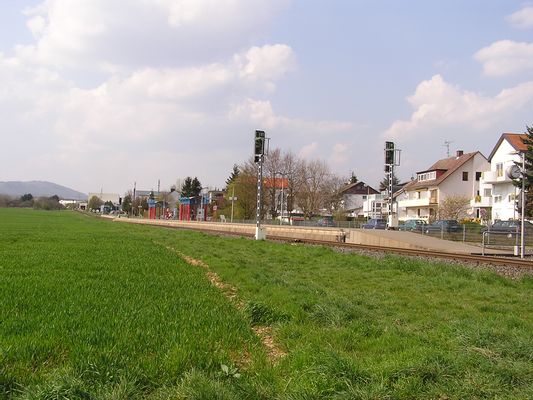This German spa city has 26 thermal springs, with 14 still active today. The 1913 Kaiser-Friedrich-Therme bathhouse and 19th-century Kurhaus reflect its rich spa town legacy.
Wiesbaden, the capital of Hesse, is a city known for its thermal springs and 19th-century architecture. In this guide, you'll learn about bathing in the Kaiser-Friedrich-Therme, exploring the Kurhaus, and riding the Nerobergbahn funicular. We'll also cover the city's museums, theaters, and its connection to the Rheingau wine region.
Thermal Springs and Spa Culture
Wiesbaden has 26 hot springs, with 14 still active today. The Romans first documented these thermal waters, but Wiesbaden's popularity as a spa town grew during the Middle Ages. You can experience these springs at various locations in the city. Visit the Kaiser-Friedrich-Therme, built in 1913, to try treatments inspired by ancient Roman bathing traditions. This Art Nouveau bathhouse has steam rooms, saunas, and pools filled with mineral-rich water.
Parks and Green Spaces
The Kurpark, located behind the Kurhaus, is a 19th-century landscaped garden. You can walk along its paths, see its ornamental ponds, and attend outdoor performances at the concert shell during summer. For a different outdoor experience, head to the Nero Valley. Here, you'll find wooded hiking trails and views of the city. The valley is also home to the Opelbad, an open-air swimming pool overlooking the Rhine Valley.
Cultural Sites
At the Museum Wiesbaden, you can view art from the medieval period to the present day, with a focus on German Expressionism. For an interactive experience, visit the Museum of Senses at Freudenberg Castle. Here, you can explore your senses through various experiments and installations. The Hessisches Staatstheater hosts performances throughout the year, including the International May Festival.
Wine and Food
Wiesbaden's location in the Rheingau wine region influences its food and drink options. Many local restaurants have extensive wine lists featuring regional varieties, especially Riesling. In August, the Rheingauer Weinwoche transforms the city center into a wine festival. You can try local dishes like Handkäs mit Musik, a tangy cheese dish, or dine at one of the city's upscale restaurants.
Historical Architecture
As you explore Wiesbaden, you'll see many well-preserved 19th-century buildings. The Kurhaus, built in 1907, is an example of Belle Époque design with its large façade and detailed interiors. Near the Kurhaus, you'll find the Hessisches Staatstheater, a neo-baroque building that hosts operas, plays, and ballets. The City Palace, now home to the Hessian State Parliament, was once a ducal residence and has a classical façade.
Getting Around
You can easily reach Wiesbaden from other parts of Germany and Europe. Frankfurt Airport is about 25 minutes away by car or train. Within the city, you can use the bus network to get around. The Nerobergbahn, a water-powered funicular railway operating since 1888, takes you up to Neroberg hill. During the ride, you'll see views of the city.


















